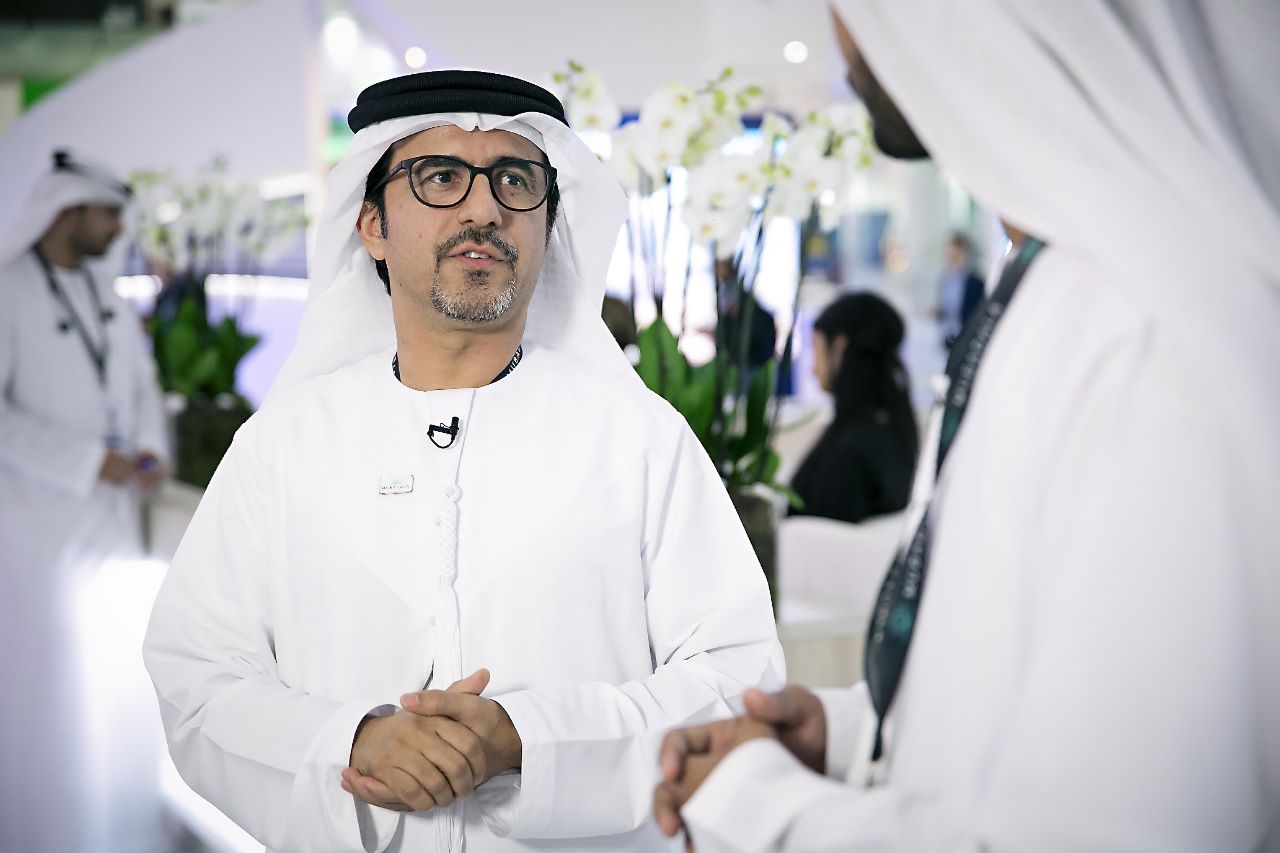- ASRY Awarded 2024 RoSPA Gold Medal in Health and Safety
- BP ponders shifting focus away from renewables, say sources
- QatarEnergy enters 10-year naphtha supply agreement with Japan’s ENEOS Corporation
- The International Energy Agency expects oil demand growth to slow in 2024
- The International Monetary Fund re-selects Kristalina Georgieva as its director
- Libya to target producing 1.4 million b/d by end 2024
- TotalEnergies launches the Marsa LNG project and deploys it multi-energy strategy in Oman
- H.E. Minister Al-Kaabi: Demand for oil and gas will continue for long; we have to be responsible, and Qatar is doing its part
- Egypt to stop exporting LNG starting from the beginning of May 2024
- QatarEnergy selects Nakilat to own and operate 25 conventional LNG vessels

UAE: Musabbeh Al Kaabi, Head of the Low Carbon Solutions Sector in ADNOC

The Abu Dhabi National Oil Company, ADNOC, announced the establishment of a new sector for low-carbon solutions and international growth, and the appointment of Musabeh Hilal Al-Kaabi as CEO, as part of its efforts to accelerate the implementation of its low-carbon growth strategy, which was recently approved by its board of directors.
The new sector will focus on developing the company’s business in new energies, clean hydrogen and carbon capture, storage and utilization technologies, in addition to achieving international growth in the fields of gas, liquefied natural gas and chemical industries.
This step contributes to advancing the progress achieved by ADNOC in the qualitative shift it is witnessing, which is based on basic pillars that include reducing emissions, enhancing energy efficiency, achieving excellence in its operations, reducing methane gas emissions, expanding the use of carbon capture and storage technologies, and benefiting from Renewable and emissions-free energy sources.
Since its inception, ADNOC has continuously focused on achieving sustainability, as its efforts in this field included stopping the burning of natural gas in its operations, and its investments in the early eighties in technologies for capturing and treating flare gas effectively contributed to reducing the environmental impacts associated with gas flaring operations.
The company recently announced setting a new goal to reduce methane emissions from its exploration, development and production operations to 0.15% by 2025, which is the lowest in the region. ADNOC also intends to continue efforts to reduce methane emissions through the use of flare gas extraction systems and detection programs for leakage and regular maintenance.
In line with its commitment to reducing emissions, ADNOC aims to build on the success of the region’s first commercial-scale carbon capture, utilization and storage (CCUS) facility, and plans to double its CO2 capture program by more than 500% to capture 5 million tons of CO2 annually. by 2030.










